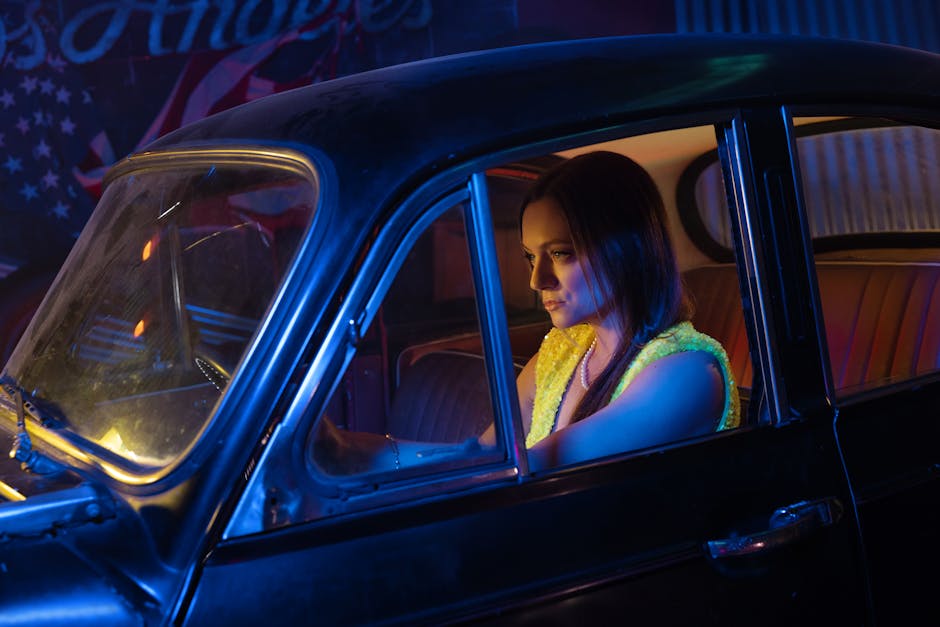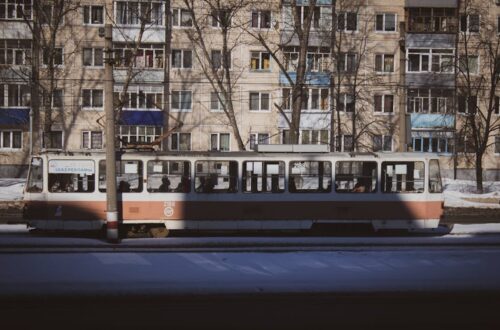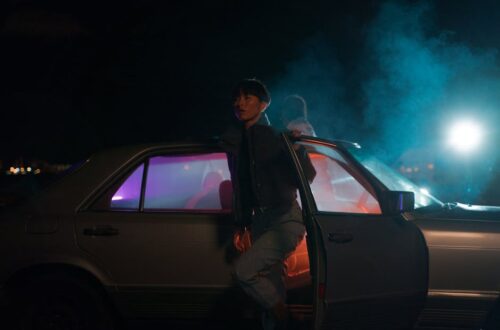Scene flow has always been a vital force in TV and film storytelling, guiding audiences through narrative arcs with seamless transitions and emotional resonance. From the golden age of television to the streaming revolution, the evolution of scene flow reflects not only technological advancements but also changes in creative ambition and audience expectations. In this deep dive, we’ll explore how scene flow has transformed the way stories are told, experienced, and remembered—then versus now.
What is Scene Flow? The Art of Seamless Storytelling
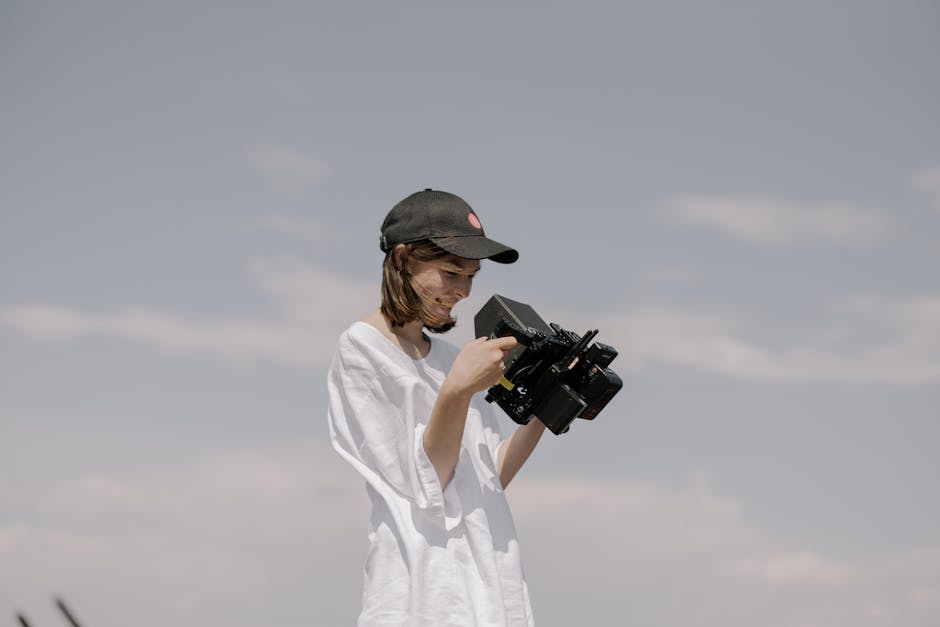
Photo by cottonbro studio on Pexels
At its core, scene flow is the artful movement between scenes, ensuring a story unfolds smoothly and coherently. In filmmaking and screenwriting, scene flow encompasses both technical transitions—like cuts, fades, and dissolves—and narrative techniques that link one scene to the next. It’s not just about moving the plot from point A to point B; it’s about maintaining rhythm, pacing, and emotional continuity. This is crucial for keeping viewers engaged and invested in the unfolding narrative.
Historically, scene flow was achieved through straightforward editing and clear narrative cues. Directors and editors relied on tools such as the classic fade-to-black or match cut to signal shifts in time, place, or mood. These techniques established a visual language that audiences quickly learned to interpret, creating a shared understanding between storyteller and viewer.
As storytelling evolved, so did the complexity of scene flow. Modern productions often employ more sophisticated transitions, such as seamless digital effects, parallel editing, and non-linear timelines. These approaches demand more from both creators and audiences, but they also offer richer, more immersive storytelling possibilities.
Classic TV & Film: The Golden Age of Scene Flow
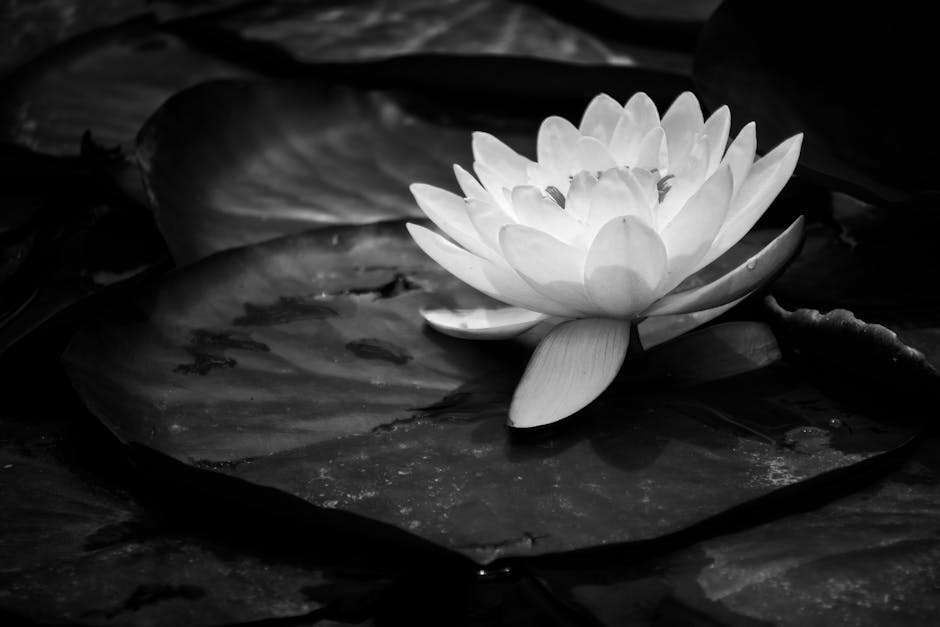
Photo by Charles Haacker on Pexels
During the golden age of television and classic Hollywood cinema, scene flow was defined by simplicity and clarity. Editors used clear, deliberate transitions to guide viewers through stories. The fade-out signaled the end of a dramatic moment, while the wipe or dissolve might indicate a shift in location or the passage of time. These techniques were not just functional—they became stylistic signatures of the era.
Shows like “I Love Lucy” or “The Twilight Zone” exemplified this approach. Episodes were structured with a clear beginning, middle, and end, each scene flowing logically into the next. The pacing was steady, and the transitions were designed to be unobtrusive, allowing the narrative to shine. Audiences came to expect a certain rhythm, and the predictability of scene flow contributed to the comfort and reliability of classic TV viewing.
In film, directors like Alfred Hitchcock and Billy Wilder mastered the use of scene flow to build suspense, comedy, or drama. Every cut, every transition, was meticulously planned to serve the story’s emotional arc. The result was a cinematic experience that felt both effortless and deeply engaging.
The Digital Revolution: New Tools, New Possibilities
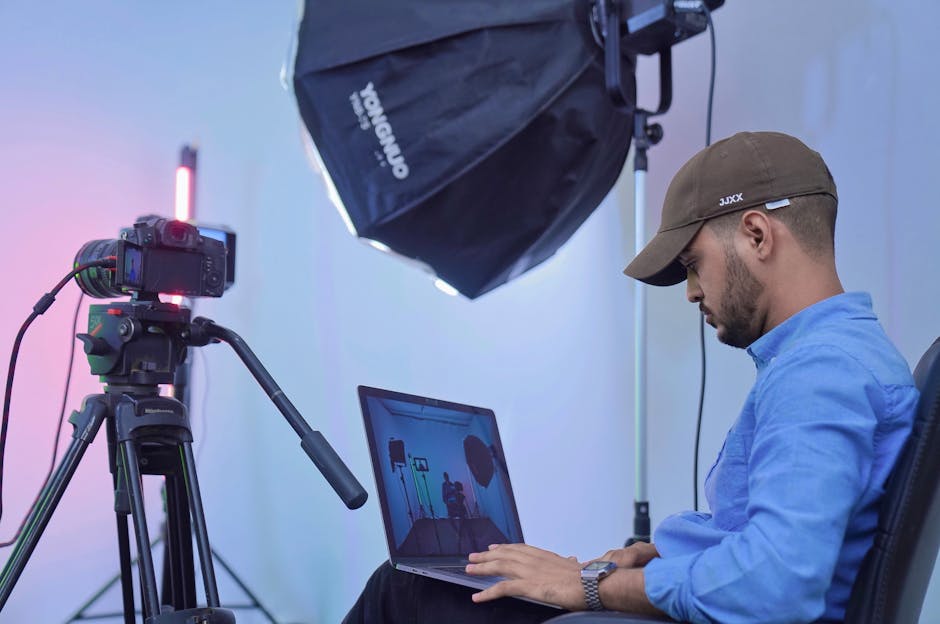
Photo by Ben Khatry on Pexels
The advent of digital editing and computer-generated imagery (CGI) in the late 20th century marked a turning point for scene flow in TV and film. Suddenly, editors and directors had access to a wider array of tools, allowing for more creative and complex transitions. The boundaries between scenes became more fluid, and the possibilities for storytelling expanded dramatically.
Digital editing suites enabled seamless transitions that would have been impossible with traditional film splicing. Techniques like morph cuts, digital match cuts, and intricate crossfades became commonplace. CGI allowed for transitions that defied the laws of physics, transporting viewers from one world to another in the blink of an eye. Films like “The Matrix” and “Inception” pushed the boundaries of scene flow, using digital effects to weave together intricate, multi-layered narratives.
This era also saw the rise of non-linear storytelling. Shows like “Lost” and “Westworld” used flashbacks, flash-forwards, and parallel storylines, challenging audiences to piece together the narrative puzzle. Scene flow became a tool not just for clarity, but for complexity and intrigue.
Streaming Era: Scene Flow in the Age of Binge-Watching

Photo by Kampus Production on Pexels
The rise of streaming platforms has fundamentally changed how audiences consume TV and film—and how creators approach scene flow. With entire seasons available at once, viewers are no longer bound by weekly schedules. Binge-watching has become the norm, and scene flow must now sustain attention over hours, not just minutes.
Modern series like “Stranger Things” and “The Crown” are designed with binge-watching in mind. Episodes often end on cliffhangers, with transitions that propel viewers directly into the next chapter. The pacing is tighter, and the flow between scenes—and even between episodes—is engineered to maintain momentum and emotional investment.
Streaming has also encouraged experimentation with narrative structure. Anthology series, interactive storytelling, and branching narratives challenge traditional scene flow conventions. Viewers may jump between timelines, perspectives, or even outcomes, requiring a new level of sophistication in how scenes are connected and how stories unfold.
Emotional Impact: How Scene Flow Shapes Audience Experience

Photo by Photo By: Kaboompics.com on Pexels
Scene flow is not just a technical or structural concern—it’s a powerful tool for shaping emotional experience. The way scenes transition can heighten suspense, deepen empathy, or create a sense of wonder. A well-timed cut can amplify a joke, while a lingering dissolve can evoke nostalgia or melancholy.
Filmmakers and showrunners use scene flow to guide viewers through emotional highs and lows. In dramas, slow fades and gentle transitions can mirror a character’s internal journey. In thrillers, rapid cuts and abrupt shifts keep audiences on edge. The emotional impact of a story often hinges on the effectiveness of its scene flow.
Moreover, the evolution of scene flow has allowed for more nuanced storytelling. Modern audiences are more media-savvy and expect stories that challenge, surprise, and engage them on multiple levels. Scene flow is the invisible hand that orchestrates these experiences, ensuring that each moment lands with maximum impact.
Challenges and Innovations: The Future of Scene Flow
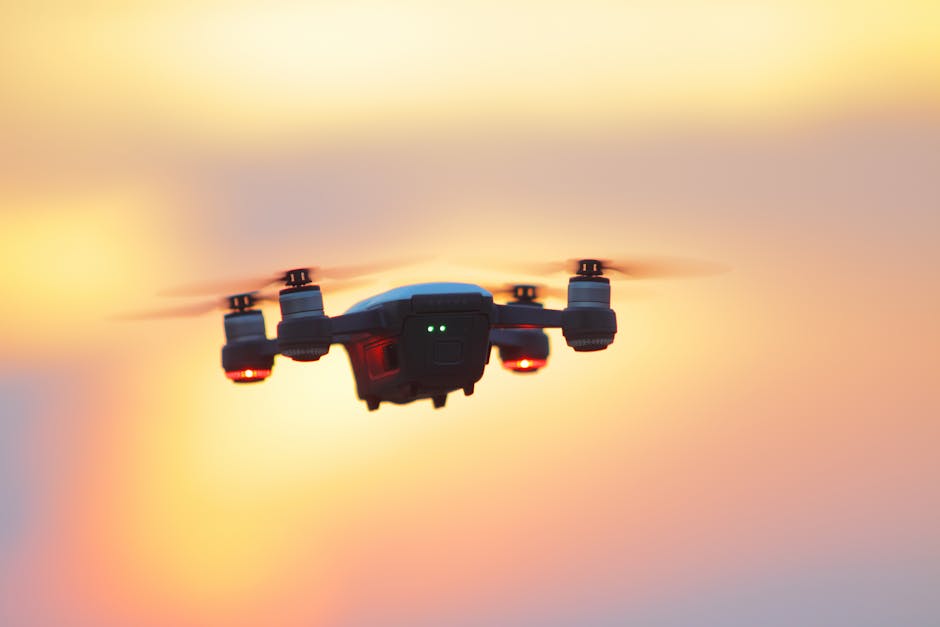
As technology continues to advance, the possibilities for scene flow in TV and film are expanding. Virtual reality (VR), augmented reality (AR), and interactive media are pushing the boundaries of traditional storytelling. In these new formats, scene flow must adapt to non-linear, user-driven experiences, where the viewer’s choices shape the narrative path.
One of the key challenges is maintaining coherence and emotional continuity in increasingly complex story worlds. As stories become more fragmented and interactive, creators must find new ways to guide audiences through multiple threads and outcomes. The art of scene flow is evolving from a linear craft to a dynamic, multidimensional discipline.
Innovations in AI-driven editing, real-time rendering, and immersive storytelling are opening up new frontiers. The future of scene flow will likely involve a blend of human creativity and machine intelligence, enabling stories that are more personalized, responsive, and emotionally resonant than ever before.
Conclusion: Scene Flow—A Timeless Art in Constant Evolution

Photo by Marek Piwnicki on Pexels
From the straightforward transitions of classic TV and film to the complex, immersive experiences of today, scene flow remains at the heart of storytelling. Its evolution mirrors the changing landscape of media, technology, and audience expectations. As we look to the future, one thing is clear: scene flow will continue to shape the way we experience stories, guiding us through worlds both familiar and fantastical. The art of seamless storytelling is timeless, and its flow—like the stories it serves—will always be in motion.
Sources
- https://scenlo.com/then-vs-now-the-evolution-of-scene-flow-in-tv-film-storytelling/
- https://www.ri.cmu.edu/project/scene-flow/
- https://cvg.cit.tum.de/research/sceneflow
- https://www.cse.psu.edu/~rtc12/Papers/vedula05PAMI.pdf
